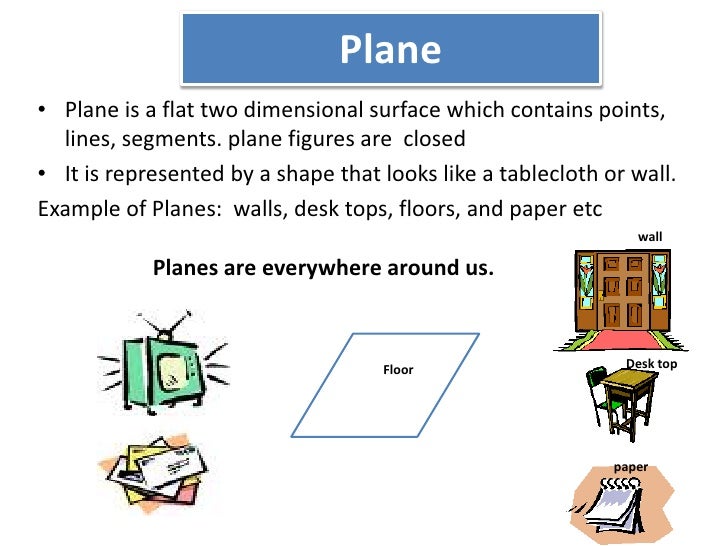
The edge of a table represents a straight line. A straight line is drawn on a piece of paper either horizontally or vertically with a pencil. A pencil or a pen is a representation of a straight line. Let’s look at some real-life objects as examples for your reference. To better understand the concept of a line, let’s look at the following diagram along with the explanation mentioned below.ĭid you know we are surrounded by objects that represent straight lines? They are all around us. We can find in them – straight geometry lines! The straight tubes and pipes in a pipeline, Ray of the sun in the morning that shine, With the help of the pencil, draw a line along the horizontal edge of the ruler. Place the ruler on the paper and hold it firmly. To draw a line, take a pencil, a ruler, and a book or a piece of paper. The length of the line segment is the distance between the two endpoints, A and B. A line segment can be measured, whereas a line cannot. Input must be a point.A line segment, which is part of a line, has two defined endpoints.ĭiagram B represents a line segment with two endpoints, A and B. ST_Y: Returns the Y coordinate of the point, or NULL if not available. ST_X: Returns the X coordinate of the point, or NULL if not available. ST_StartPoint: Returns the first point of a LINESTRING geometry as a POINT. ST_SRID: Returns the spatial reference identifier for the ST_Geometry as defined in spatial_ref_sys table. ST_Perimeter: Returns the length measurement of the boundary of an ST_Surface or ST_MultiSurface value. ST_NumGeometries: If geometry is a GEOMETRYCOLLECTION (or MULTI*) returns the number of geometries, otherwise return NULL. ST_NRings: If the geometry is a polygon or multi-polygon returns the number of rings. ST_NPoints: Returns the number of points (vertexes) in a geometry. ST_NDims: Returns coordinate dimension of the geometry as a small int. geometry are in units of spatial reference and geography are in meters (default spheroid) ST_Length: Returns the 2d length of the geometry if it is a linestring or multilinestring. Return NULL if the geometry is not a polygon or the given N is out of range. ST_InteriorRingN: Returns the Nth interior linestring ring of the polygon geometry. ST_GeometryType: Returns the geometry type of the ST_Geometry value. ST_GeomFromWKB: Creates a geometry instance from a Well-Known Binary geometry representation (WKB) and optional SRID. ST_GeomFromText: Returns a specified ST_Geometry value from Well-Known Text representation (WKT). ST_GeomFromKML: Takes as input KML representation of geometry and outputs a PostGIS geometry object ST_GeomFromGML: Takes as input GML representation of geometry and outputs a PostGIS geometry object. ST_GeometryN: Returns the 1-based Nth geometry if the geometry is a GEOMETRYCOLLECTION, MULTIPOINT, MULTILINESTRING, MULTICURVE or MULTIPOLYGON. Return NULL if the geometry is not a polygon. ST_ExteriorRing: Returns a line string representing the exterior ring of the POLYGON geometry. ST_AsSVG: Returns a Geometry in SVG path data given a geometry or geography object. ST_AsKML: Returns the geometry as a KML element. ST_AsGML: Returns the geometry as a GML version 2 or 3 element. ST_AsGeoJSON: Returns the geometry as a GeoJSON element. ST_AsEWKT: Returns the Well-Known Text (WKT) representation of the geometry with SRID meta data. ST_AsEWKB: Returns the Well-Known Binary (WKB) representation of the geometry with SRID meta data. ST_EndPoint: Returns the last point of a LINESTRING geometry as a POINT. ST_AsBinary: Returns the Well-Known Binary (WKB) representation of the geometry/geography without SRID meta data. ST_AsText: Returns the Well-Known Text (WKT) representation of the geometry/geography without SRID metadata. 
For “geography” area is in square meters. For “geometry” type area is in SRID units.

ST_Area: Returns the area of the surface if it is a polygon or multi-polygon. The following SQL query shows an example of WKB representation (the call to encode() is required to convert the binary output into an ASCII form for printing): Note that in addition to a text parameter with a geometry representation, we also have a numeric parameter providing the SRID of the geometry. The most common use of a constructor is to turn a text representation of a geometry into an internal representation: ST_GeomFromText(text, srid) returns geometry Fortunately, PostGIS supports emitting and consuming geometries in a large number of formats: In order for external programs to insert and retrieve useful geometries, they need to be converted into a format that other applications can understand. Within the database, geometries are stored on disk in a format only used by the PostGIS program.






 0 kommentar(er)
0 kommentar(er)
